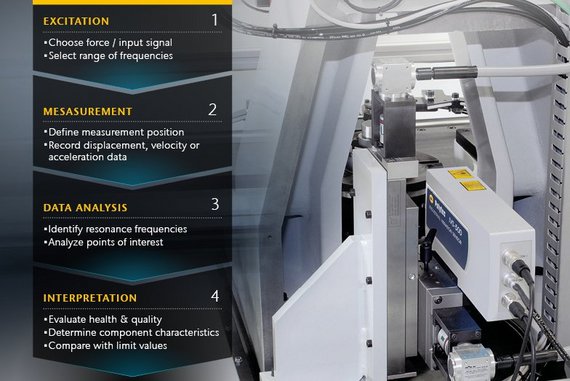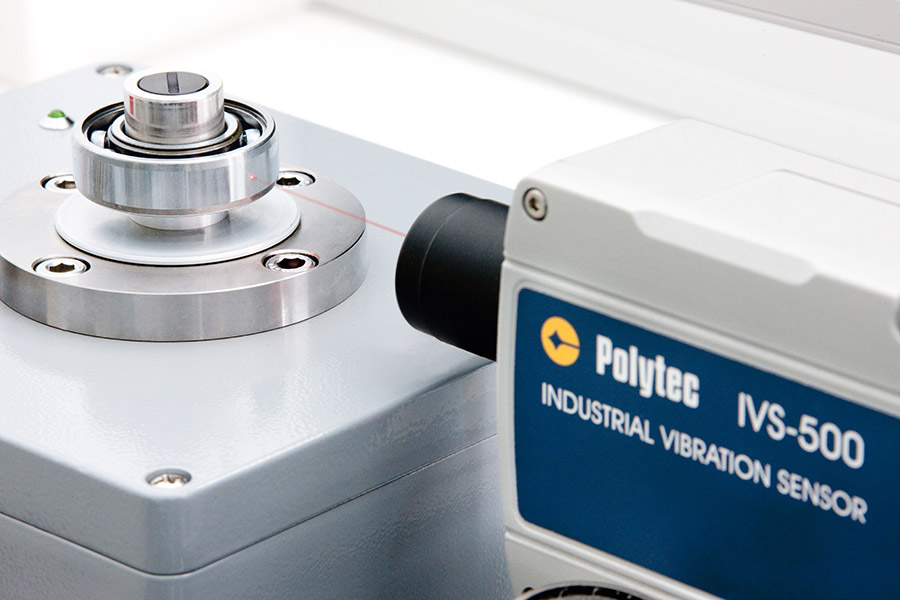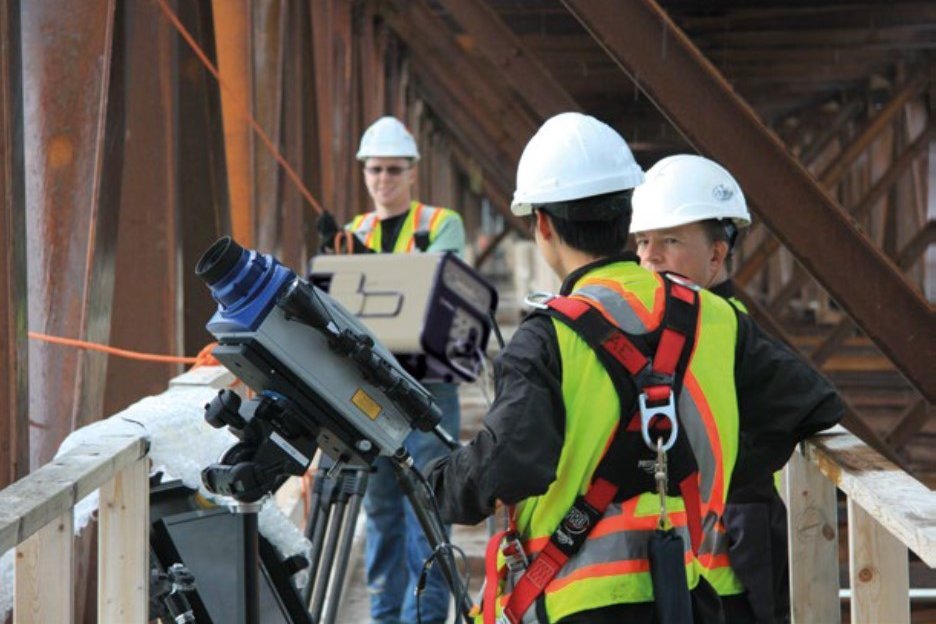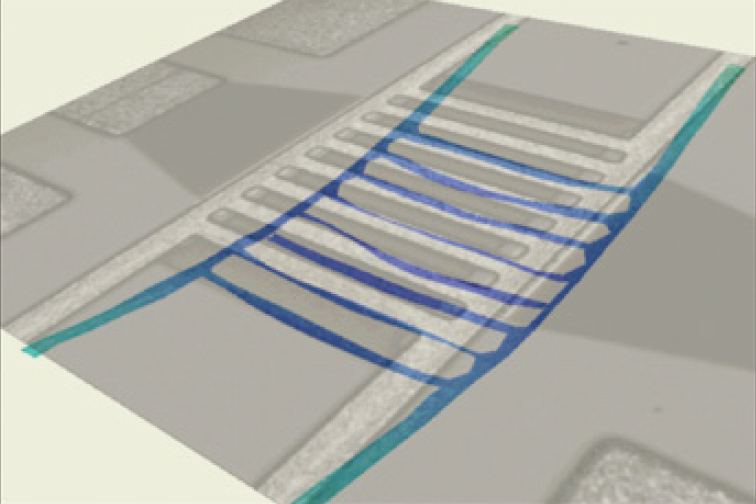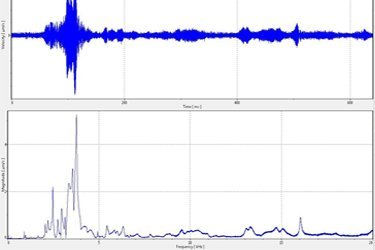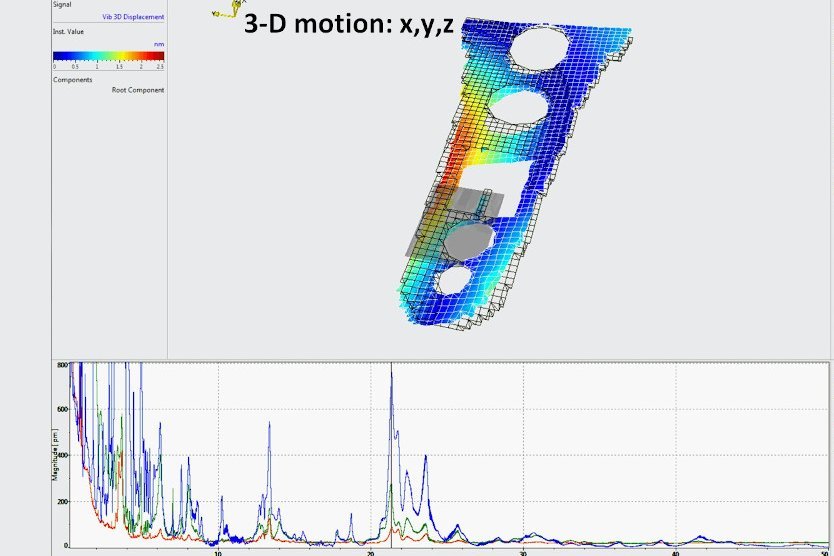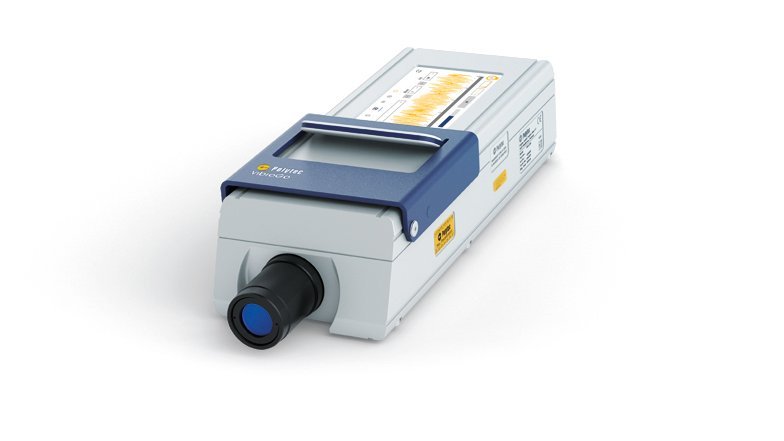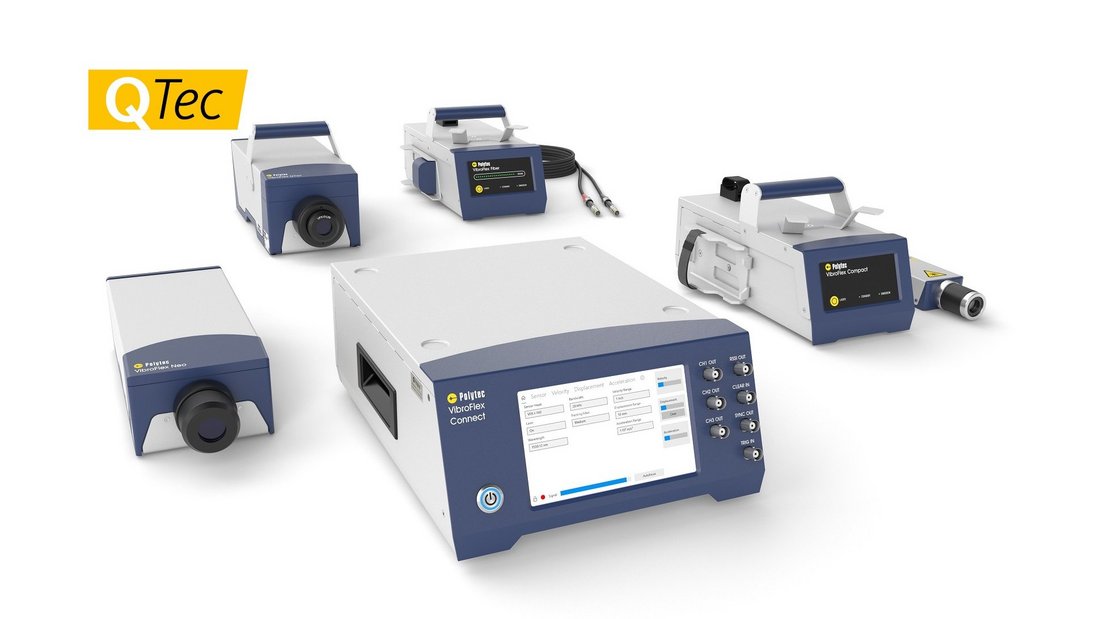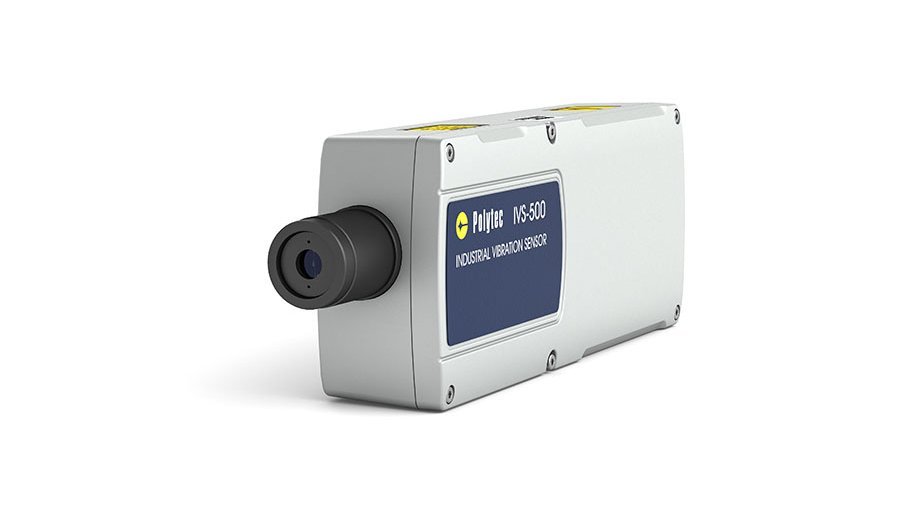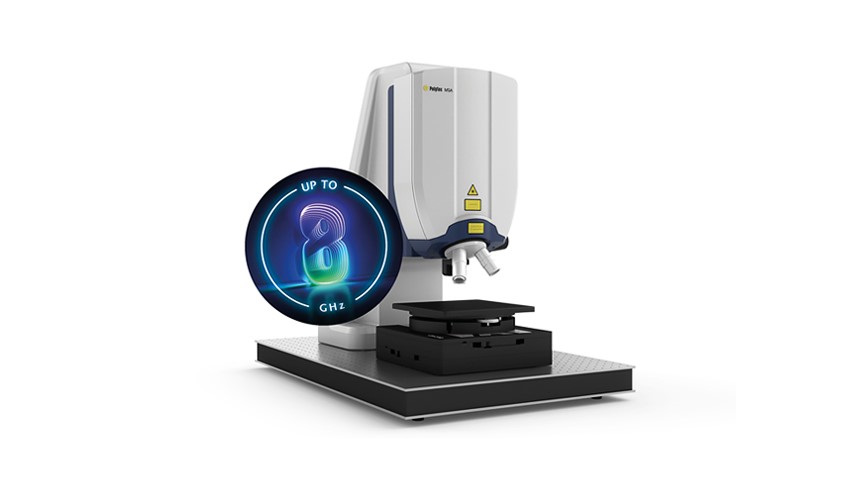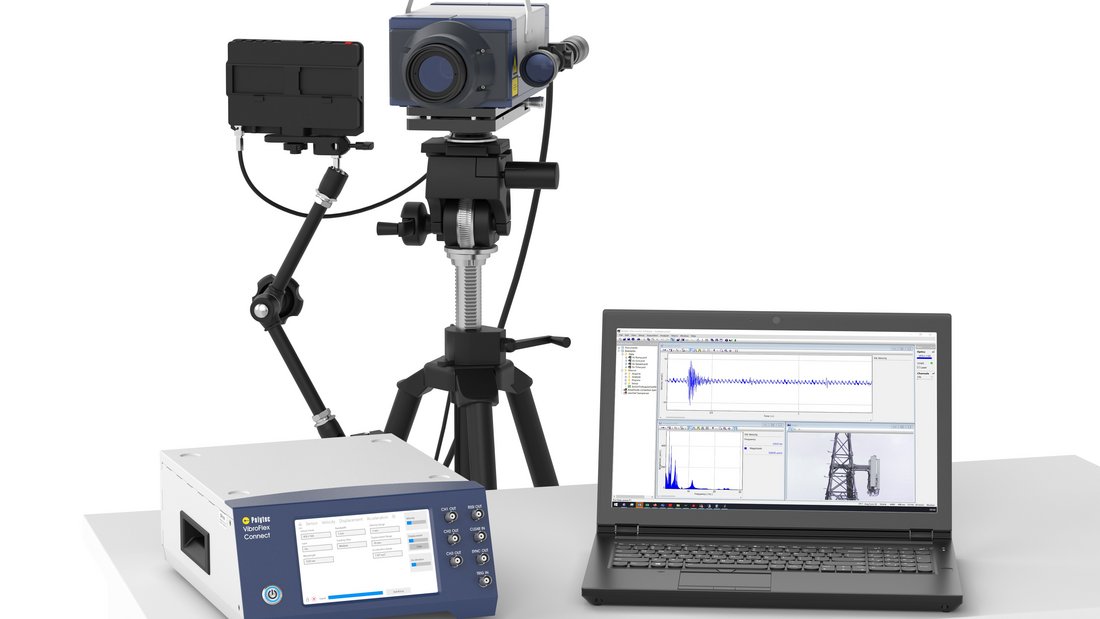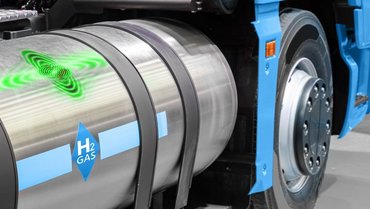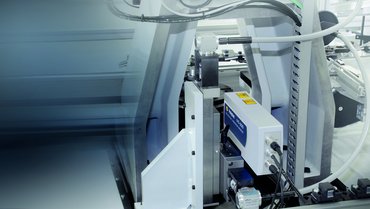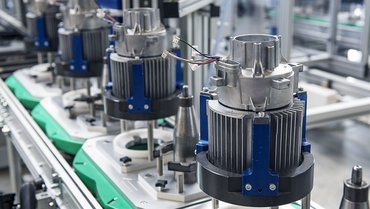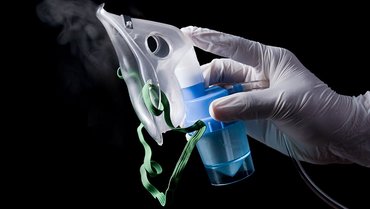Resonance testing for quality control
Resonance testing is a valuable technique used in various industries to assess the structural integrity and quality of mechanical components or systems by analyzing their natural vibration frequencies and modes. It involves exciting the component with a mechanical or acoustic force or input and then measuring the response of the component to determine its resonance characteristics. Resonance testing describes the analysis of resonances of a sample by characterizing its vibrational signature. In industrial manufacturing, the resonant inspection often as an end-of-line test, allows clear pass-fail decisions, detecting defects for excluding maleficient parts from production lines.
Optical vibraiton sensors like laser Doppler vibrometers provide a non-contact, high precision alternative measurement solution for determining the resonance frequency, resulting in many advantages in the context of acoustic resonance testing.
ポリテック マガジン
Effects of mass loading
When to choose a laser Doppler vibrometer for vibration measurement
生産ラインや製造環境における音響シグネチャーの測定と共振試験
Typical phases and steps in resonance testing
Resonance analysis typically includes the following steps:
- Excitation: A force or input signal is applied to the component under test. This input can be mechanical, such as a shaker or hammer strike, or acoustic, such as a sound wave. The goal is to excite the component at a range of frequencies to identify its natural resonance frequencies.
- Measurement: Sensors are placed at various points on the component to measure its response to the excitation. These sensors record data, such as displacement, velocity, or acceleration, which is crucial for the subsequent analysis.
- Data Analysis: The collected data is then analyzed to identify the resonance frequencies or mode shapes of the component. Resonance frequencies are the frequencies at which the component vibrates most strongly, indicating potential structural weaknesses and defects, providing information about material propoerties and health status.
- Interpretation: Engineers interpret the resonance data to assess the health and quality of the component. Any deviations from expected resonance frequencies or unusual mode shapes can indicate defects, fatigue, or other structural issues that may compromise the component's performance or safety.
Become an expert: tips, tricks & video tutorials
The IVS-500 Industrial Vibration Sensor from Polytec is a dedicated and flexible measuring device for the vibroacoustic end-of-line test. This exclusive section (login) presents the basics of optical resonance testing using laser vibrometers including a technology benchmark for resonance testing and valuable tips & tricks video tutorials for the use and handling of the IVS-500 Industrial Vibration Sensor - for starters, current users, integrators and testing experts.

